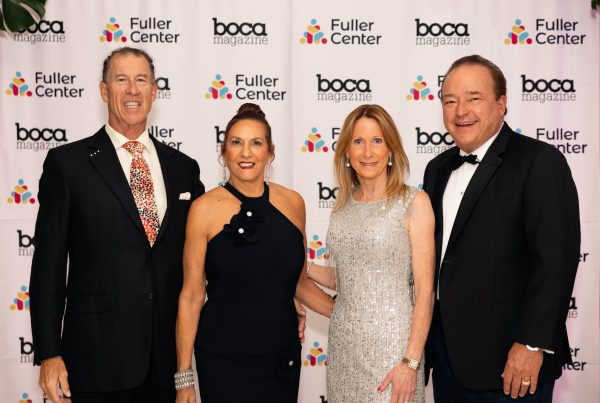Every animal at Busch Wildlife Sanctuary has a story. A deer named Nubs was held by a so-called “wildlife rehabilitator” who kept him in a garage for five months without sunlight. Freddy the alligator was discovered, preborn, by a boy, who cracked open an egg, assuming he had found a lizard. The reptile would soon outgrow the shoebox the child had fashioned for it.
Arvy is a pelican from Connecticut who failed to migrate south for the winter and suffered frostbite in the frigid northeastern clime. So a group of enterprising high school students from an engineering magnet program built a functioning airplane, which a local mom, who happened to be a licensed pilot, flew down to Florida, Arvy in tow.
Then there’s the sandhill crane, named Frasier Crane, whose parents were killed by a car. Frasier never learned how to be a crane, endured abuse by members of his own species, and wound up in Busch’s protective care, where she now “has more frequent flier miles on Delta than anybody else,” according to Busch Executive Director Amy J. Kight. “She has done Letterman, Leno, “The Today Show,” “Good Morning America,” a movie with Tina Fey. She’s our local celebrity. She is, as far as I know, the only working sandhill crane in the United States. She has her special box that fits on the Delta plane. They give her her own seatbelt.”

These are a few of the approximately 200 permanent residents at the Jupiter sanctuary, which has been adopting, rehabilitating and, in most cases, releasing animals back into the wild since its inception in 1983. Busch tends to about 6,000 patients a year—a heavy load for its staff of 26.
Freddy, Arvy and the others have borne injuries too debilitating to risk their re-integration into the animal kingdom, so they’ve become popular spokes-animals of sorts for Busch, providing both viewing pleasure and sobering knowledge to its many visitors. Nearly every adoptee, from the black bears and bobcats to the barred owls and toucans, serves as a reminder of the dangerous impact human activity can have on animal life.
“About 90 percent of the patients we take in are affected by humans,” Kight says. “Fishing line entanglement, electrocution, gunshot wounds, attacked by pets, kept illegally as a pet … all these sorts of ways they come to us really made us realize that education has to be the key. The humanitarian effort, the rehab portion, is really a Band-Aid for a much bigger problem.”
The sanctuary will soon have a larger platform to express its mission of environmental education. By March, it is expected to move into a new location, five miles down the road in Jupiter Farms, to a space that will nearly double its current, densely populated 11 acres.

Fundraising has been the central challenge of the move, the cost of which has surged from $10 million to $18 million. The pandemic, supply chain shortages, fuel prices and inflation have contributed to the increase. At the time of this writing, the sanctuary still needed to generate some $12 million, which it is raising through a capital campaign.
Despite the need for cash, Kight is firm in her belief that one of Busch’s core tenets—that it remains free (with donations accepted) for all visitors—will continue into the future. “Our founding director’s goal was to have a sanctuary for animals and humans alike,” she says. “So we didn’t want to deny anybody that. What’s becoming more apparent to me is the education aspect, and making sure everybody gets the same opportunity to access it. So we sometimes have people who come here three or four times a week, to reconnect with nature. We don’t ever want to outprice ourselves. … There might come a time when we won’t be able to afford it anymore. I sure hope not.”
To donate to Busch Wildlife Sanctuary’s capital campaign, visit buschwildlife.org/capital-campaign, or call 561/575-3399.
This article is from the January 2023 issue of Boca magazine. For more like this, click here to subscribe to the magazine.







